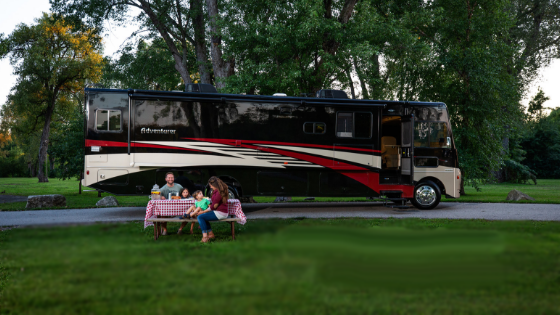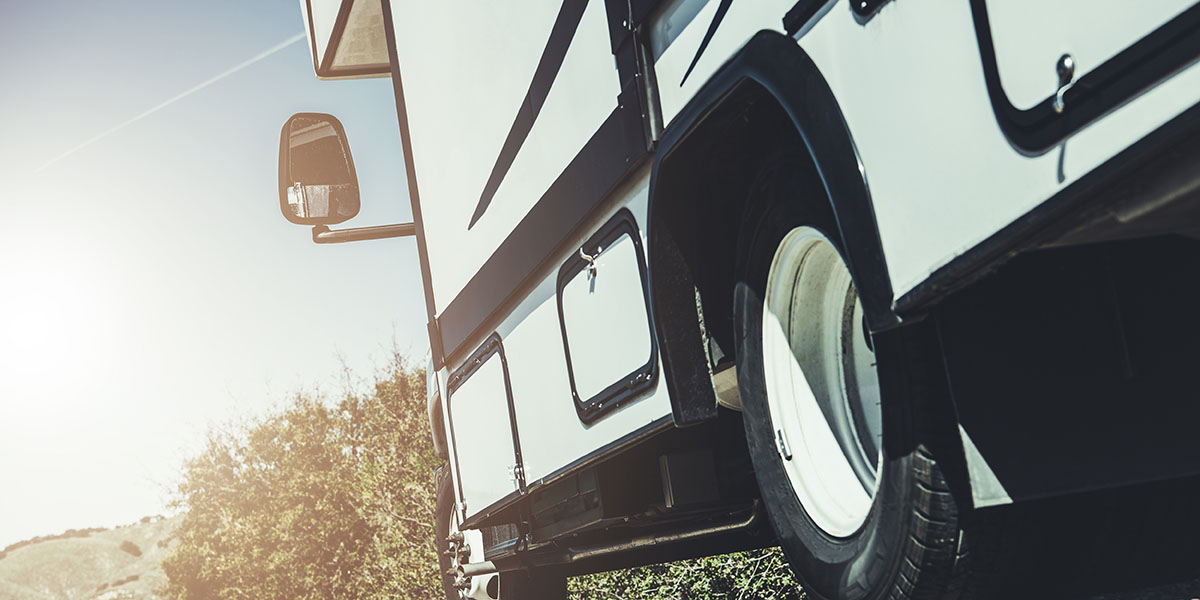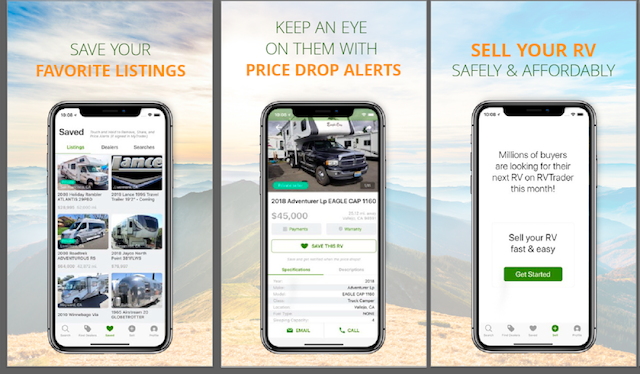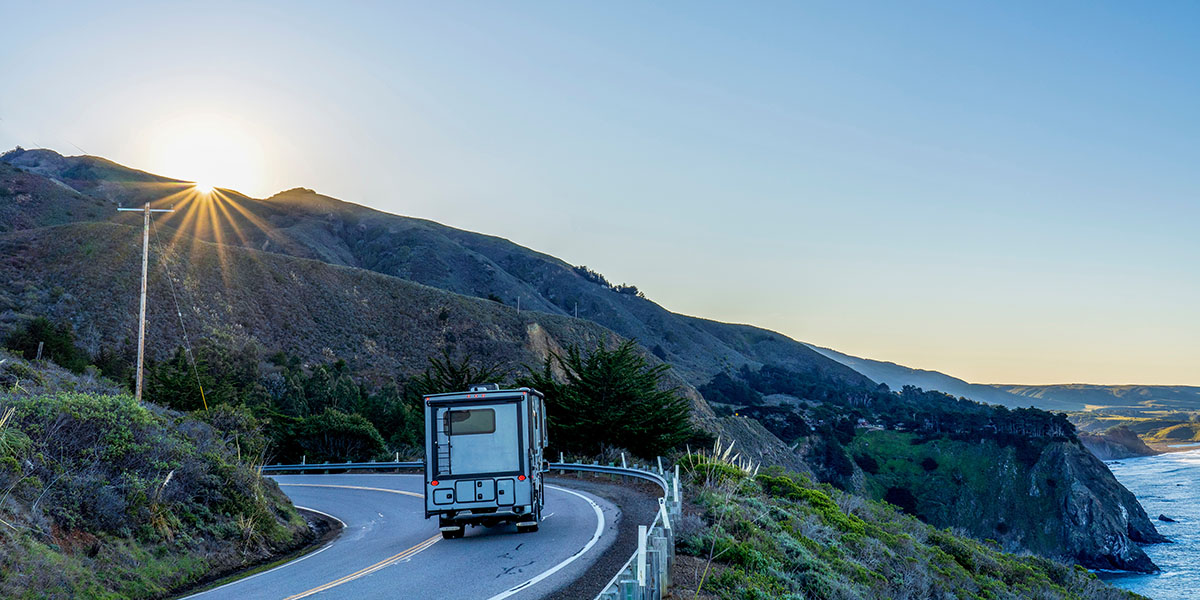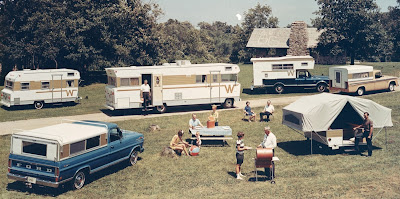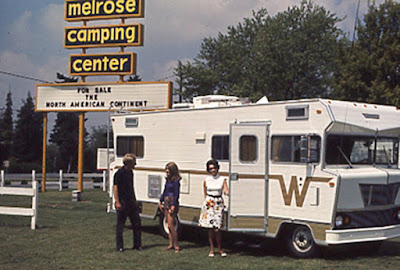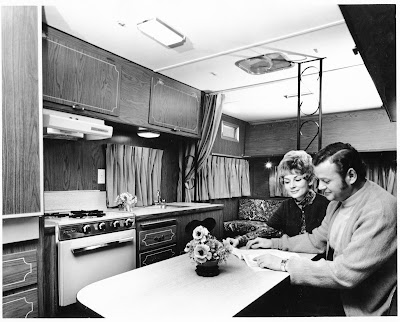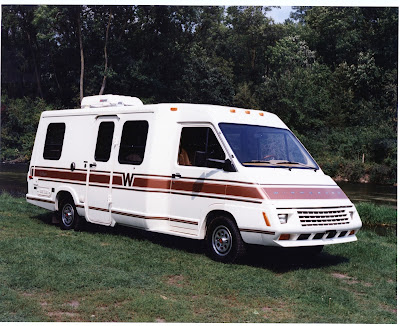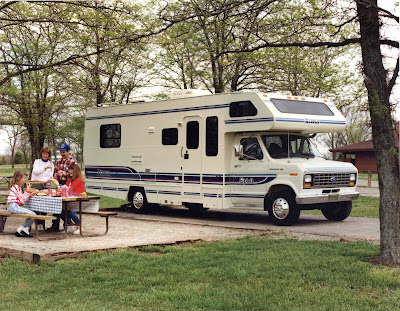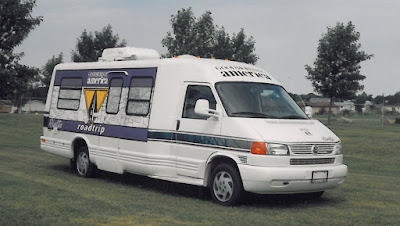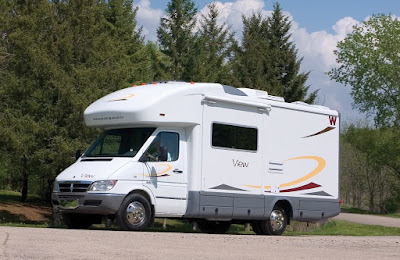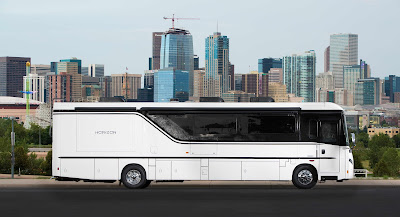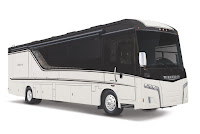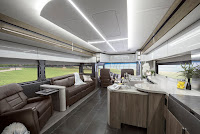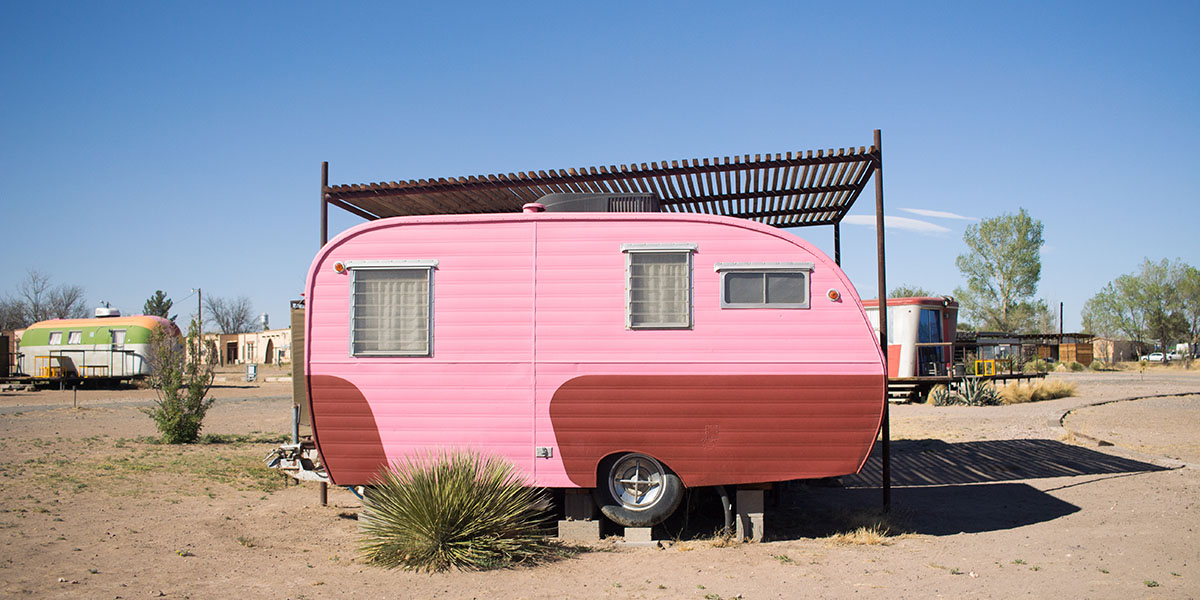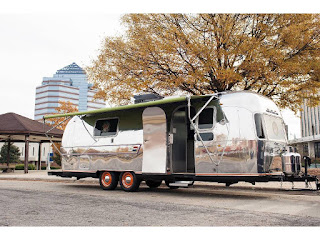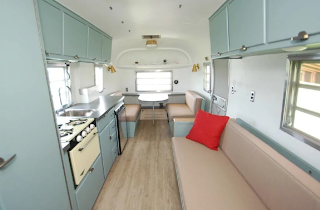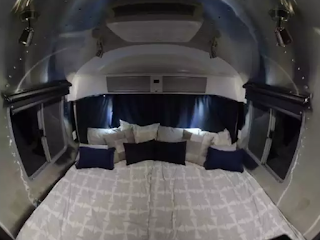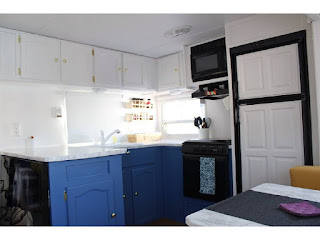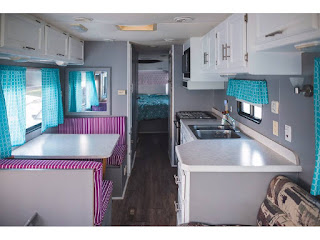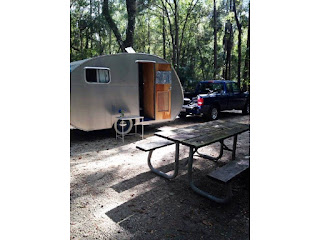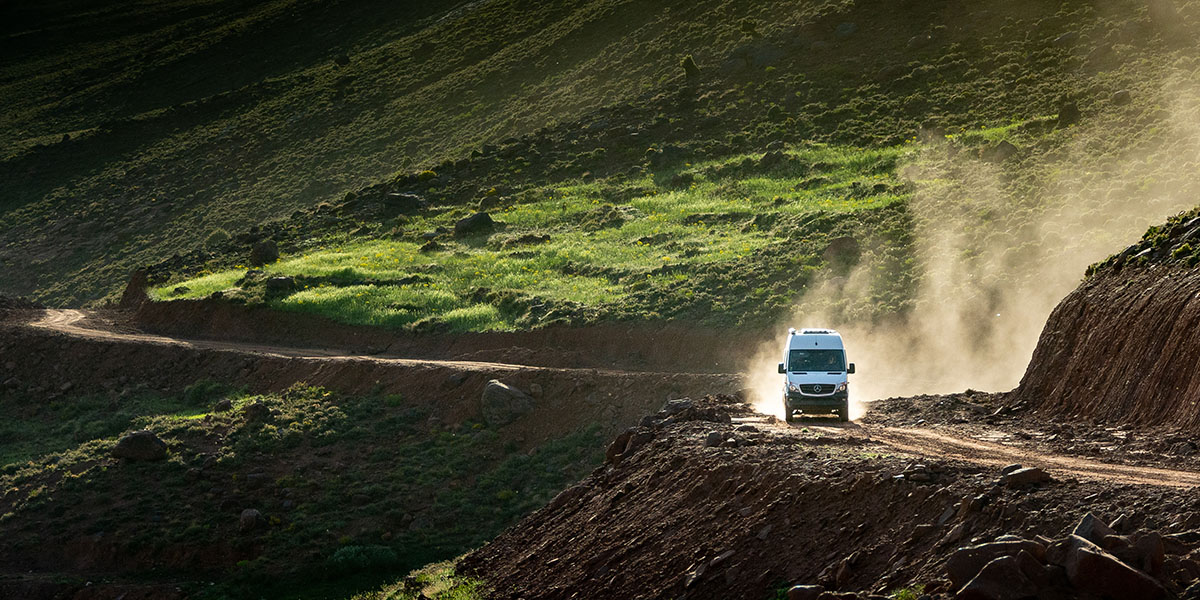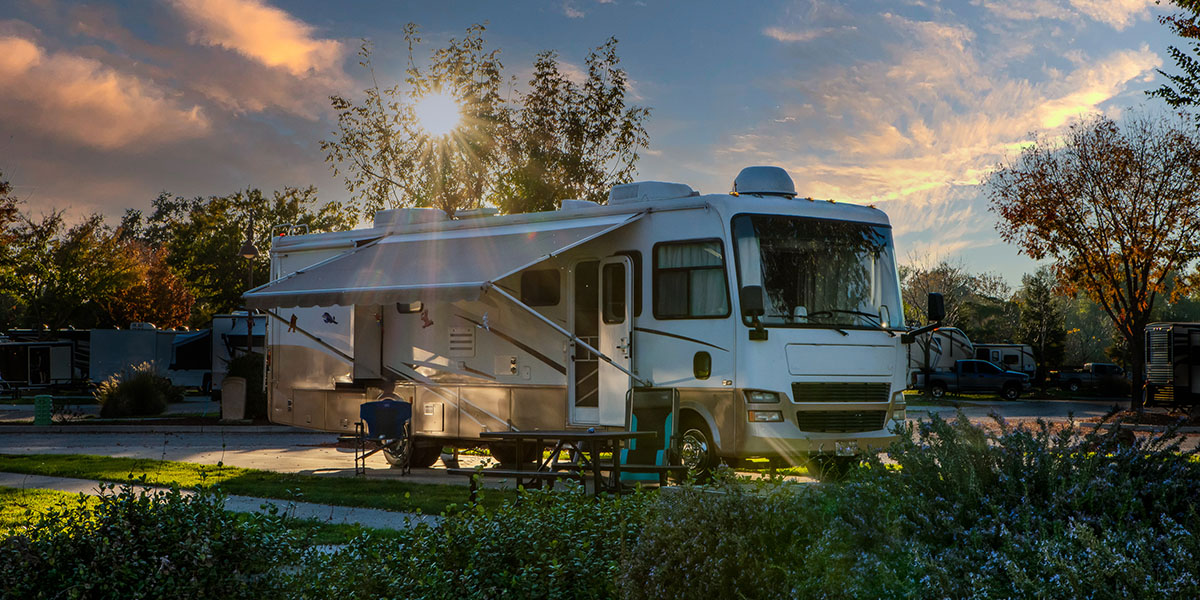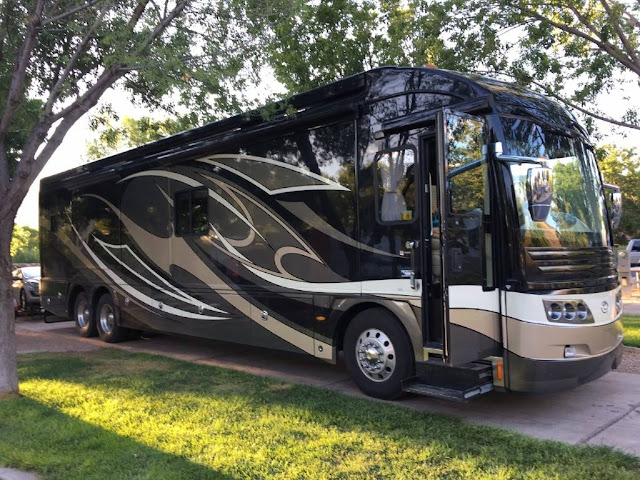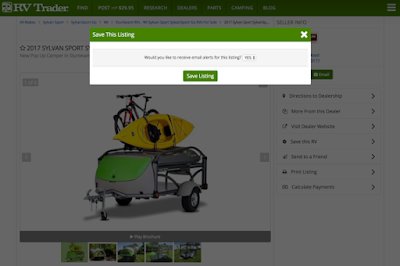For many years, the Winnebago Adventurer was not only the flagship gas-powered model for the brand, it was one of the most-recognized nameplates in RVing.
Then, for a brief period, the model took a hiatus from the Winnebago lineup. “Over the years, the product moved further upmarket, and we felt like we needed to hit ‘pause’ for a bit,” noted Niles Whitehouse, Product Manager for Winnebago’s Class A gas lineup.
The Adventurer Returns
Now the Adventurer is back at a lower price point, with five floorplans ranging from 29 to 37 feet and a pair of available options that distinguish it from most other RVs on the road today.
The first is the All-Weather Upgrade Package, which adds a second high-efficiency air conditioner with heat pump as well as a 5,500-watt Cummins Onan® Marquis Gold™ gas generator, 50-amp. power cord and automatic changeover switch.
“The Adventurer uses our trademark Thermo-Panel construction, so it’s already very well-insulated. The All-Weather Package adds some extra oomph to the cooling, so folks will be comfortable just about anywhere you can take an RV,” said Whitehouse. “And of course, when it’s cool out, the electric fireplace (in the 35F and 36Z floorplans) will take the chill out of the air.”
Wheelchair Accessible
The second option is actually a series of modifications that turn the Adventurer into a fully accessible home on wheels for wheelchair users.
Part of Winnebago’s Accessibility Enhanced model lineup, the Adventurer 30T AE includes a platform wheelchair lift on the passenger side, plus a powered roll-up lift door to make independent entry and exit simple and easy. Inside, the hallway and bath areas have been expanded to accommodate wheelchairs, there’s a roll-in shower with assist bar — even the appliances and switches have been relocated to make RV travel and living easier.
Winnebago has been modifying their motorhomes to make them wheelchair-accessible for more than three decades. But according to Jamie Sorenson, the company’s Director of Specialty Vehicles, the new Accessibility Enhanced Adventurer is part of a whole new approach.
“In the past, we would start by taking a fully built coach just off the line, and extensively modifying and customizing it afterward. Now, we are building three models — the Adventurer 30T, the Intent 30R, and the Forza 34T — as Accessibility Enhanced models right from the start. That saves time and materials, and allows us to price them pretty attractively.
“We’re doing this both for long-time RVers who may be facing some new mobility issues, as well as for wheelchair users who may not be RVers currently, but who want to maximize their comfort and flexibility as they travel.”
The three Accessibility Enhanced models will make their debut at the Tampa RV show, after which they will be available through select Winnebago dealers.
